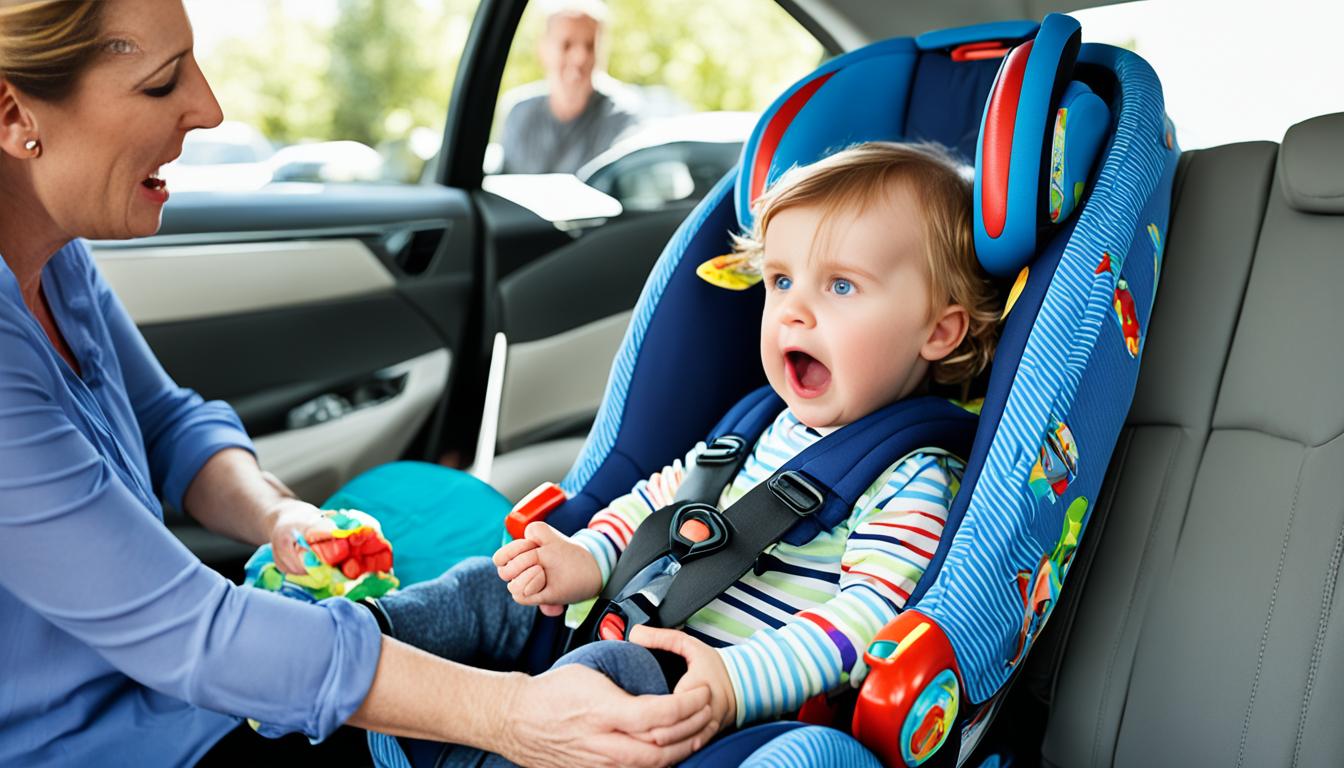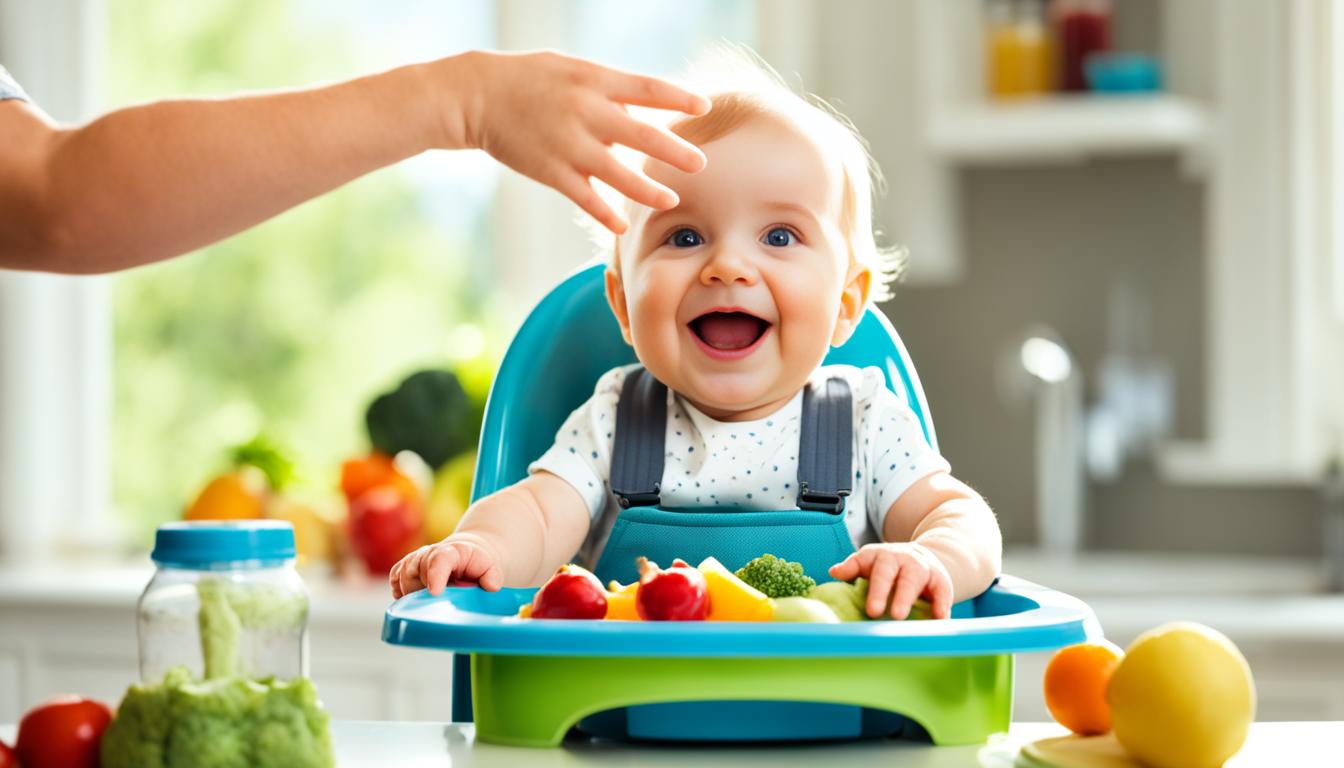When Can Babies Use a Bouncer: Safety and Risk
When it comes to parenting, you will need a lot of supplies. Baby bottles and strollers are just scratching the surface. You’ll be shocked at how much baby stuff you’ll need when raising a child.
One item that a lot of parents will suggest you buy is a baby bouncer. Having one is a life-saver, especially when you need a quick break from junior. Just strap your child in and leave them preoccupied for the next 20 minutes.
Baby bouncers are great entertainment for children when you need a moment to breathe. If some quality time sounds good to you, then a baby bouncer is a must-have investment.
But how old should your infant be before putting them inside a bouncer? And, more importantly, is a bouncer safe?
Fortunately, you can use a baby bouncer today if you’re child is old enough. And with proper supervision, you can avoid any accidents. Keep reading to find out how you can safely use a baby bouncer.
Skip To The Following Sections
When Can Babies Use a Bouncer?
Baby bouncers are designed with young babies in mind. And by young, we mean babies at age 3-6 months.
Bouncers have angled seats on a stationary frame, which are perfect for lightweight infants. And don’t worry about your baby falling. All baby bouncers come with some form of restraint.
Baby bouncers are designed to move, either by physical force or mechanical power. The gentle movement provides a soothing feeling to the baby.
Some bouncers come with special features to keep your baby busy. Some have interactive toys, while others have colorful mobiles. In some cases, a baby bouncer also comes with a mesh net.
Baby bouncers are generally safe when used for a short period. Bouncers won’t easily let your baby fall off, and the seat is angled enough to support your child’s head. But when misused, baby bouncers can cause some risks.
Precautions When Using a Baby Bouncer
Pediatricians often warn parents when purchasing a baby bouncer. Incorrect use of a baby bouncer can lead to more harm than good.
The biggest concern that all parents should consider is sudden infant death syndrome (SIDS). The common causes of SIDS include faulty placement of an infant on the bouncer or tightening their straps to the point of suffocation.
Bouncers are also designed to be at a 30 to 45 degree angle, which is unsustainable for infants. Younger babies have far less control over their neck muscles. They can accidentally flop their heads forward and suffocate.
Finally, babies can still fall off their bouncers. The American Academy of Pediatrics found that large amounts of ER cases happen due to baby bouncers.
So what can parents do to avoid accidents while using a baby bouncer? Here are three ways on how you can minimize harm:
1 Always Keep An Eye Out on Your Baby
Make sure that at least one adult is supervising the baby. A baby on a bouncer can be unpredictable. A guardian can make sure that a child is comfortable and isn’t escaping from their seat.
The good news is that most baby bouncers are easy to carry. You can bring your baby from the kitchen to the living room while in their bouncer. But for longer trips, make sure to take your baby out before carrying the bouncer.
2 Never Place a Bounder on a High Surface
Never place your baby’s bouncer on a high bed, table, or counter. If they accidentally free themselves, they can fall from the high place. Always place your bouncer on the floor, preferably somewhere carpeted.
3 Never Feed or Sleep Your Child on a Bouncer
Finally, don’t feed or sleep your child on the bouncer. SIDS usually occurs when a baby is asleep. And feeding children at a slanted angle can cause gastroesophageal reflux.
When it comes to sleep, the crib is still the safest place to put your baby in. Make sure they lie down on their back and not on their stomach. It’s also better to give your baby a firm mattress and no fluffy sheets
Feeding-wise, if your child is old enough for solid food, feed them on a high chair. A high chair is better for a baby’s posture. It also makes feeding time easier because of a food tray.
Following these tips can help you avoid any problems when using a baby bouncer. But if you still feel unsure, you can always approach your pediatrician for a second opinion.
When Should Babies Stop Using a Bouncer?
Bouncers can only accommodate young babies. Once your child goes beyond their bouncer’s age limit, it’s time to say goodbye. But when should your baby stop using their bouncer?
You can swap the bouncer out once your baby can sit on their own. That’s usually at around 5-7 months.
Another indication that your baby needs to graduate from their bouncer is their weight. Most bouncers can only handle 25-30 pounds. If your baby is too heavy for their bouncer, then it’s time to move on to different chairs.
Bouncers should only be reserved for small infants. Infants can’t easily remove their restraints, unlike older babies. But even then, babies should only stay a maximum of 20 minutes in their baby bouncers.
Bouncers are a great option if you’re planning to have more children in the future. That way, you can hand the bouncer down to younger siblings. Otherwise, you can give them to friends or relatives or donate them to other beginner parents.
Conclusion
A baby bouncer is convenient for a lot of parents because it provides easy entertainment for young children. Both child and caretaker can sit back and relax thanks to a bouncer. For young infants, they can ride a bouncer with no problems.
But infants should never be left unsupervised when on a bouncer. Problems like suffocations and SIDS can happen if a baby is not placed properly in a bouncer. Care and common sense are necessary when it comes to watching over your child.
If you think you are ready to get a bouncer for your child, then go right ahead. But if the risks are too much, then a crib is by far a better option.



